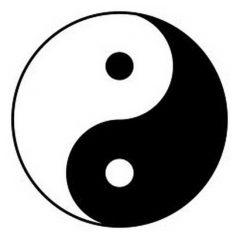Copyright law, and fair use specifically, starts from Congress’s statutory text, is informed by the Copyright Office’s guidance, is interpreted by the courts, and is analyzed by law professors. But litigators are not passive in this process; rather, they play an important role as well. In fact, the modern litigator often is in a uniquely good position to affect the development of fair use. These days, litigators practice all around the country, with admissions in many courts and pro hac vice appearances before others. This cross-country practice creates the opportunity—and in fact the necessity—to keep abreast of trends and splits across the various circuits, to figure out what best to argue in a given case, and thereby to hope to advance the law and their clients’ interests. Simply put, if the law of fair use is developed by case precedent, then the people whose arguments impact cases—that is, litigators—can help shape the law.
How do litigators do it? In this Article, I will discuss three of the primary tools in the litigator’s proverbial tool kit: law, facts, and persuasion. At the end of the day, these three things determine every fair use outcome. The art of litigating fair use is found in the gaps between precedent, when a litigator’s cutting-edge case is one about which reasonable minds may disagree. It is in those gaps where the litigator shines, because the law there is at its most malleable and the ability to persuade is most important. And with fair use, there are a lot of those gaps.
https://doi.org/10.52214/jla.v48i1.13531
| Artificial Intelligence |
| Research Data Curation and Management Works |
| Digital Curation and Digital Preservation Works |
| Open Access Works |
| Digital Scholarship |
